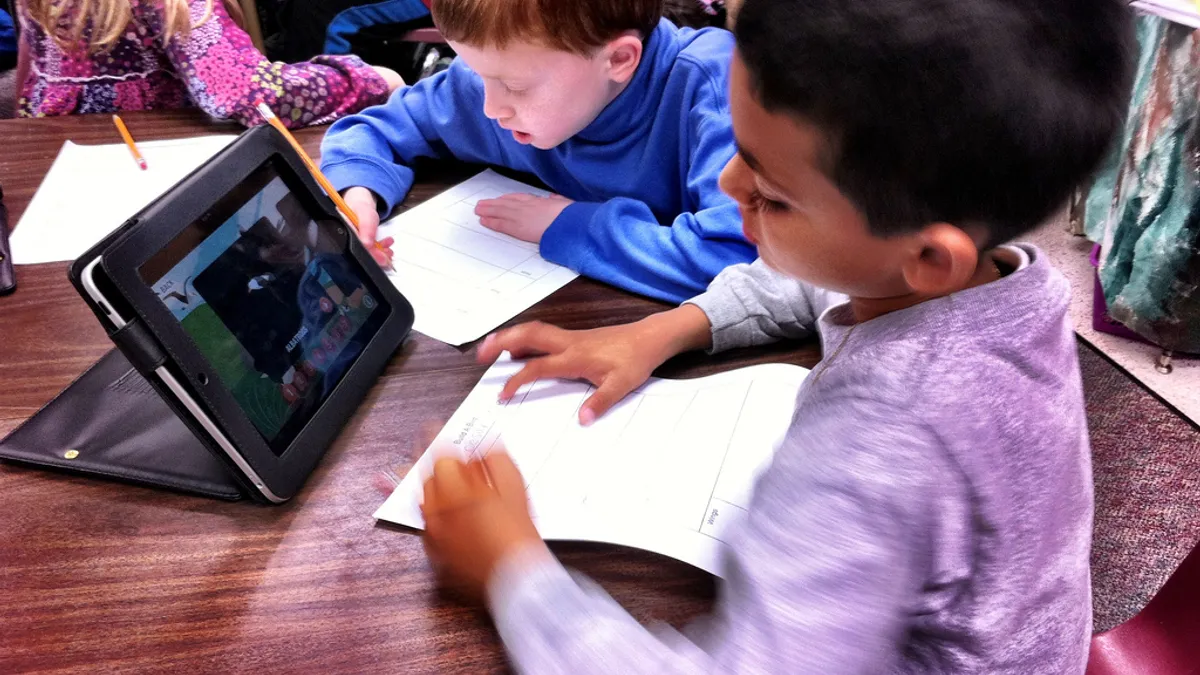Dive Brief:
- In 2016, 58% of girls drew a woman when asked to draw a scientist, compared to the 1% between 1966 to 1977, according to a 2018 meta-analysis looking at 50 years of Draw-A-Scientist Test studies, Edutopia reports.
- As students get older, however, they’re more likely to draw male scientists instead — even if the children asked to sketch these images are girls, the research shows. While 70% of 6-year-olds draw a woman, just 16% of 16-year-old girls draw a female scientist.
- To help promote more diversity in presentation in school, educators can consider options, such being mindful of the people they invite as guest speakers, selecting books that highlight girls and women and being thoughtful of the unconscious gender bias they’re using as they speak.
Dive Insight:
Giving students role models that can inspire them is crucial to their ability to visualize their future. Role models must also reflect what students themselves look like as well, from race to gender, in order to counter stereotypes long presented to students in terms of scientists, engineers, leaders, and teachers as well.
Even simple emoji — visual graphics used to illustrate language in text — now reflect more inclusive options, and have been useful in promoting diversity, according to a 2018 study from the University of Edinburgh.
It is especially critical to give students access to these role models in the STEM content areas of science, technology, engineering and math because students of color and females are underrepresented in these fields. Role models help to create a pathway that can lead them there, as Sally Ride, the first American woman who traveled into space, notably said in a 2009 interview.
Increasing diversity in schools, through teacher representation as well as opportunities for students, is certainly one step. Considering how educators and administrators choose curriculum and the elements they add to lessons is another approach. Students need to see themselves in the books, materials and other educational tools they use in their learning in order to visualize a future they can build.







 Dive Awards
Dive Awards





